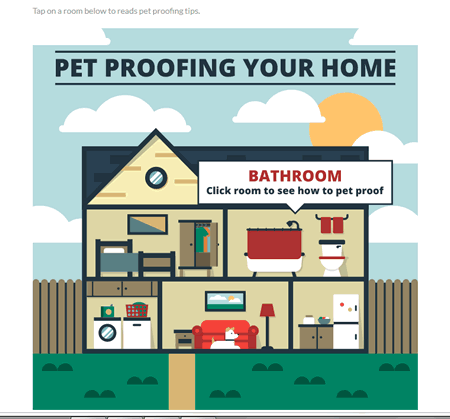Guest Post by: Brad Smith, TherapyPet.org
If you have a dog as an emotional support pet, you already know how much affection and fun they bring. However, did you know that dogs also offer powerful physical and mental health benefits? They can greatly minimize anxiety, stress, feelings of loneliness and depression, along with encouraging playfulness and exercise, and even strengthening your cardiovascular health. During the days when you are feeling down, an emotional support dog can help you in the following ways:
Acceptance and Unconditional Love
As much as we know, dogs don’t have prejudices, opinions and critiques. Even if you are reeking of alcohol after a bad day, they will be more than willing to cuddle with you. If your relationship with your friends or family is frayed and complicated, and you don’t really have no one to come home to and vent, your dog will be ever-present as the best antidote to your sadness and stress. They will not judge, nor complain and will certainly not give you advice you don’t want.
Distraction from Your Pain and Anguish
Dogs are just as good as books and movies. They take our minds off the worries and into another dimension, one where there’s only playfulness, clowning around, a wet nose and lots of kisses. This type of distraction is the best type since it makes you forget how awful your day went when you have a furry friend breathing in your face all the time.
More Physical Contact
Touching has undisputedly strong healing powers. Studies suggest that 45 minutes of massage can lower stress levels and enhance your immune system by promoting the growth of white blood cells. Hugging produces a hormone that lowers blood pressure, stress levels and heart rates. The touch of another human or animal can stop certain parts of the brain from reacting to threat clues. Thus, it is not surprising how handling a dog, i.e stroking and cuddling it, can regularize heart rates and lower blood pressure while boosting dopamine and serotonin levels.
Increased Levels of Activity
After a tough day, the last thing you probably want to do is be active. Slouching down and binge eating while crying over your miseries can worsen your physical and mental state. However, if you have a friendly support companion waiting for you at home, you are sure to get some physical activity. Dogs need to be walked, fed and followed which will mean extra physical activity on your part.
More Social Interaction
Dogs are natural icebreakers, which mean they subtly push you towards more social interaction. On a tough day, you may decide to walk your dog and find yourself chatting with other dog walkers and befriending them in the process.
Better Health
Research suggests that dog owners experience protection against heart disease, reduced stress hormones, and increased levels of feel-good chemical present in the brain both while and prior to performing stressful mental tasks. A study with Chinese female participants found that owning a dog can help with better sleep, better fitness due to increased exercise and improved overall health resulting in fewer sick days.
Create a Routine
Having a daily routine helps people fight depression by utilizing their time efficiently. An emotional support dog’s natural routine, i.e. walking in the morning, demanding for food and playtime, can help you direct your attention towards the activities instead of sulking about your day.
These are just some of the ways that your emotional support dog can help you get through a bad day without breaking down.




